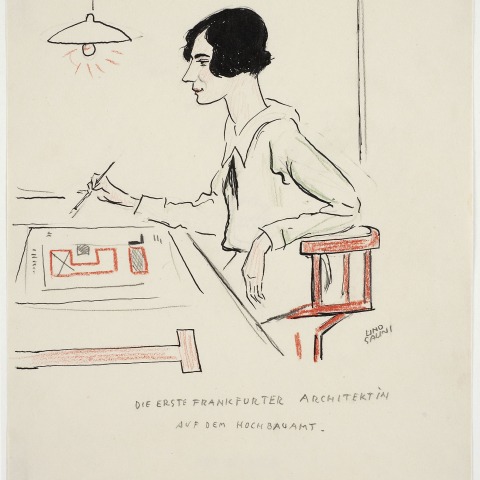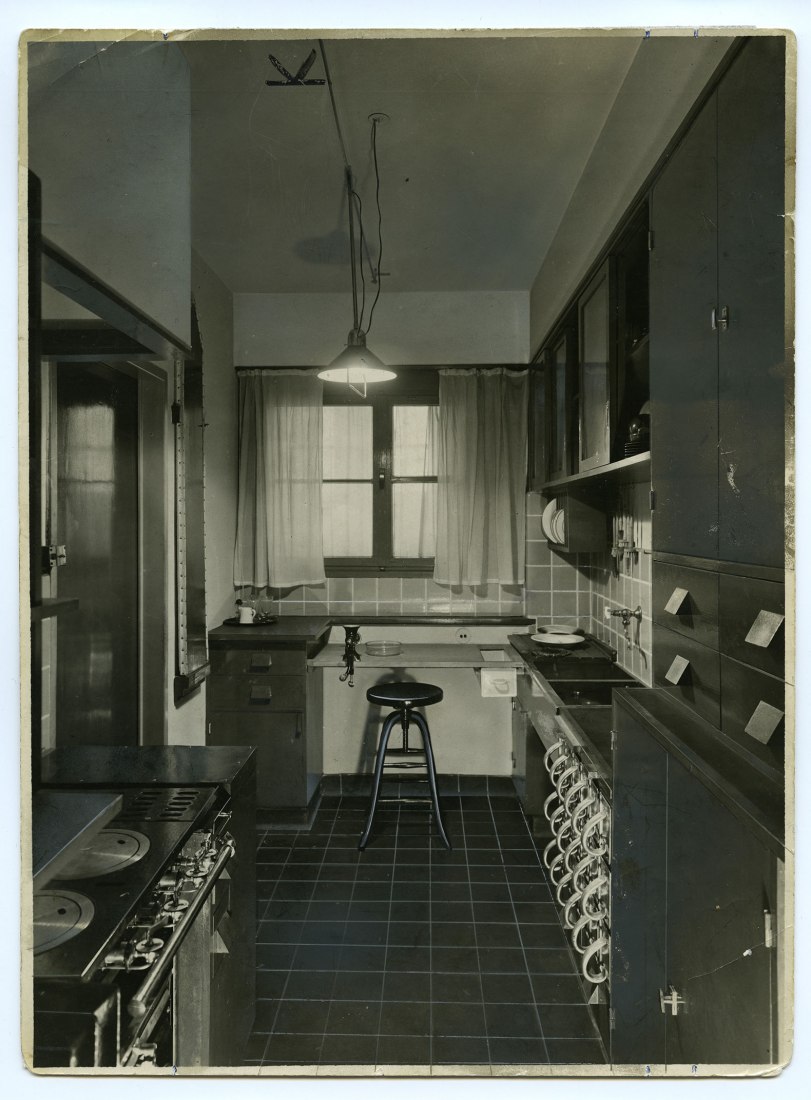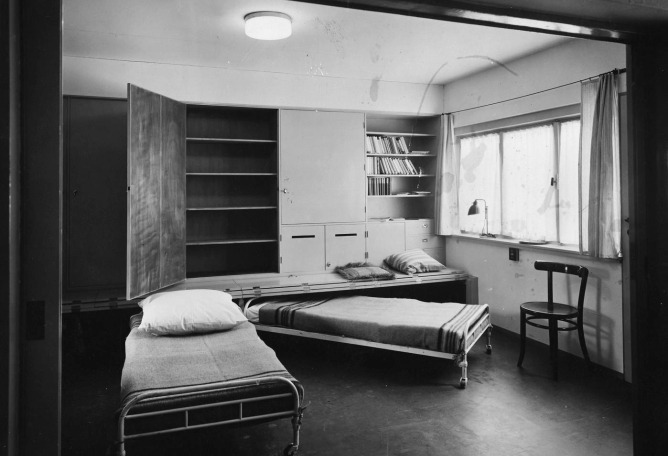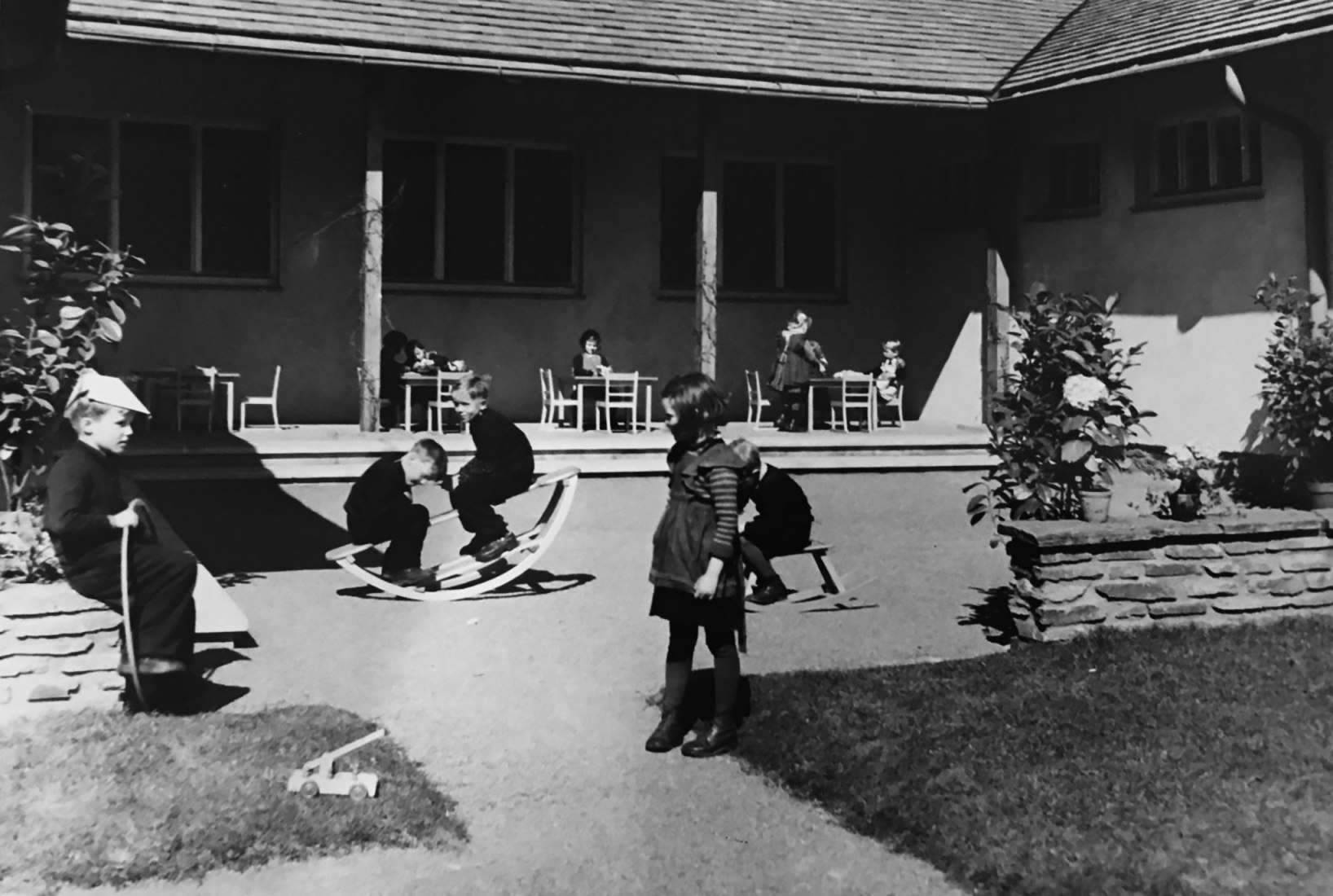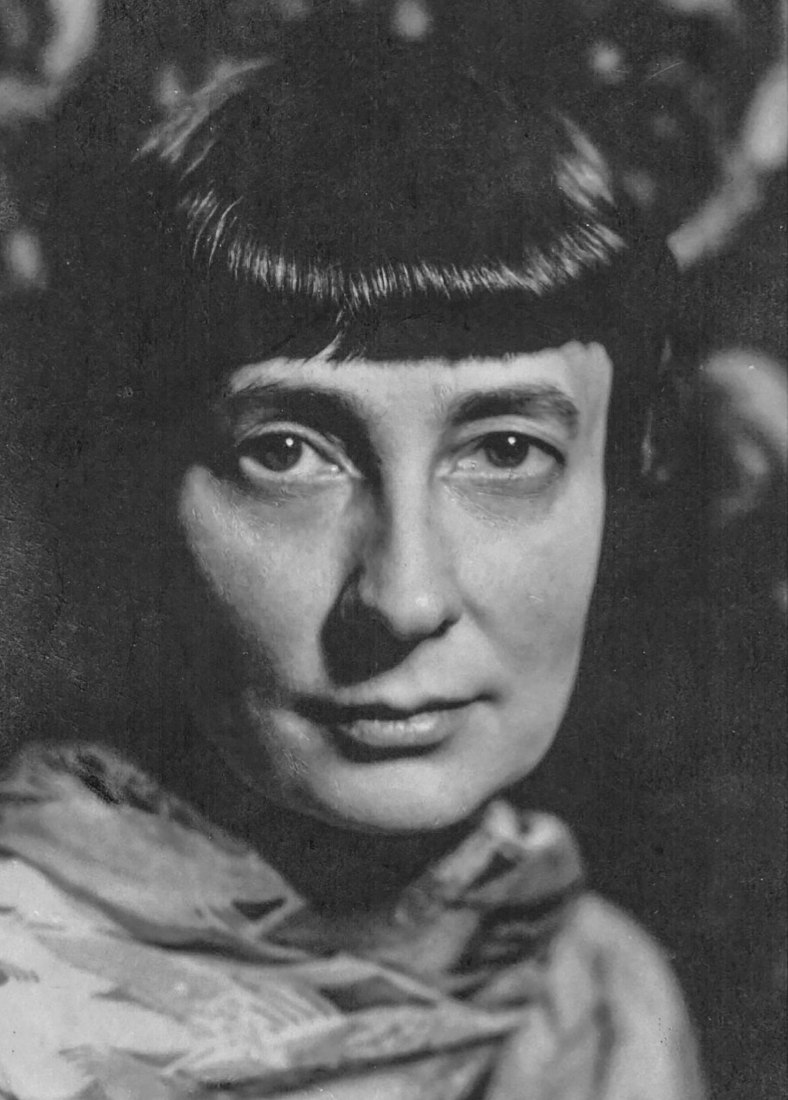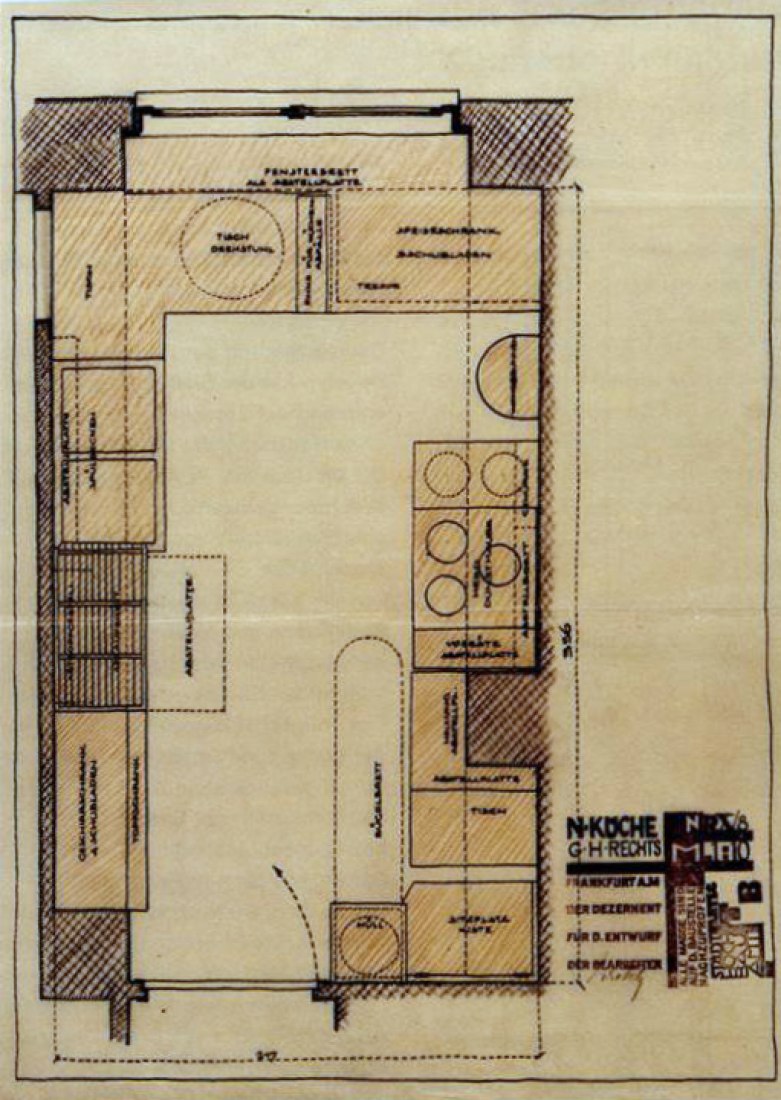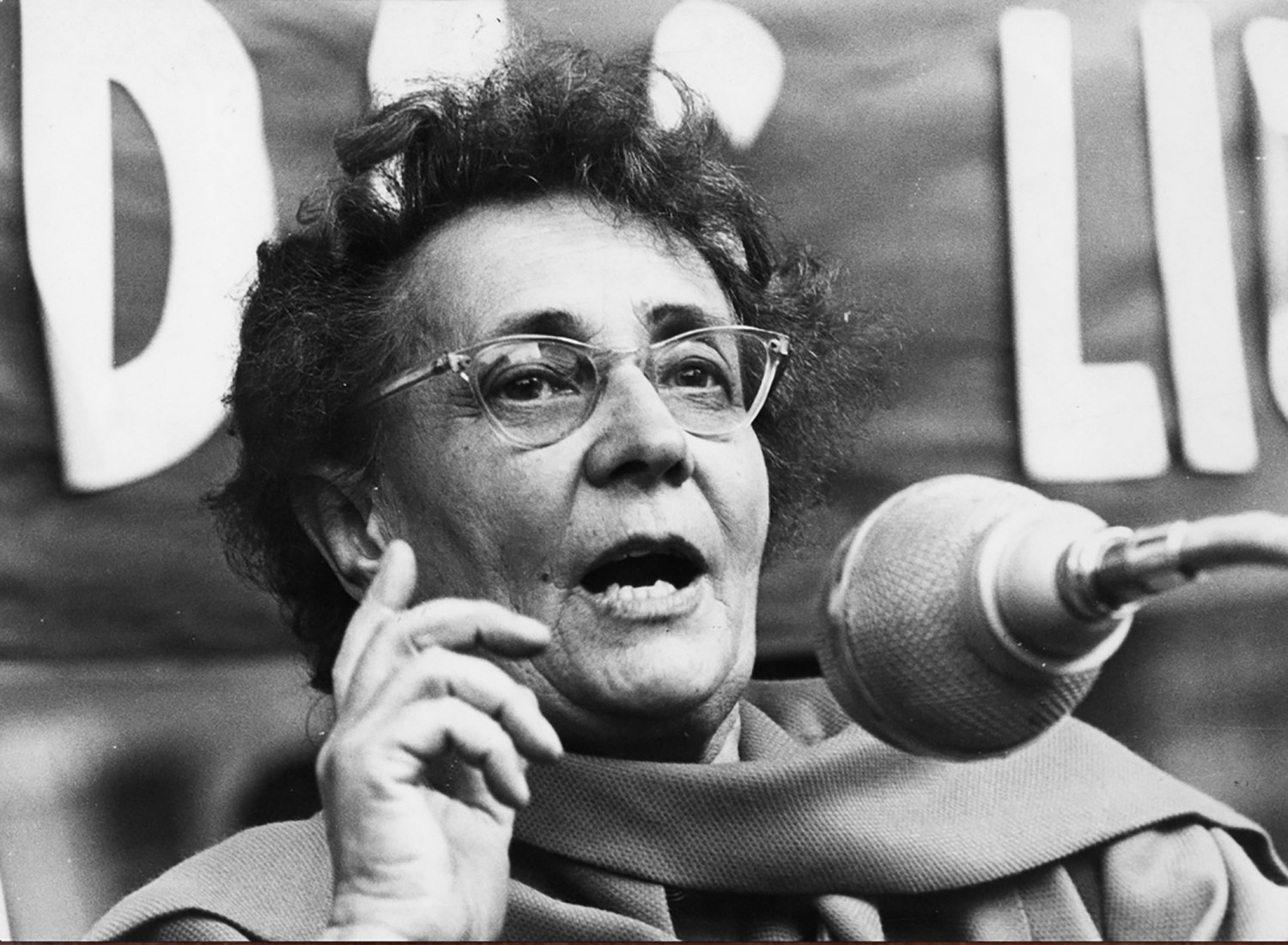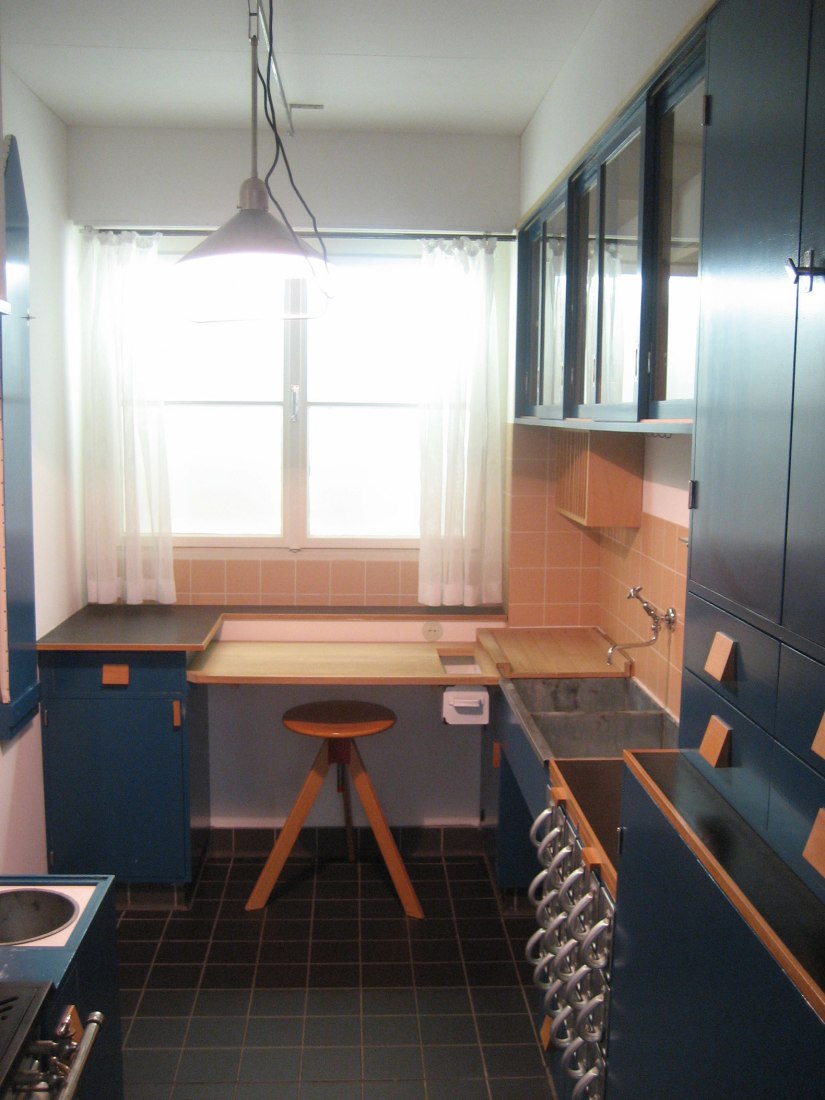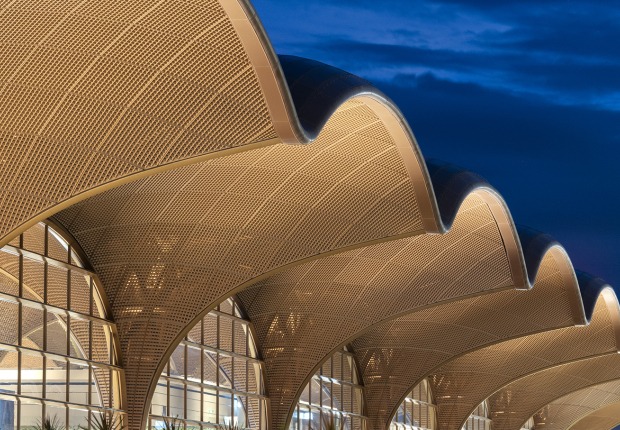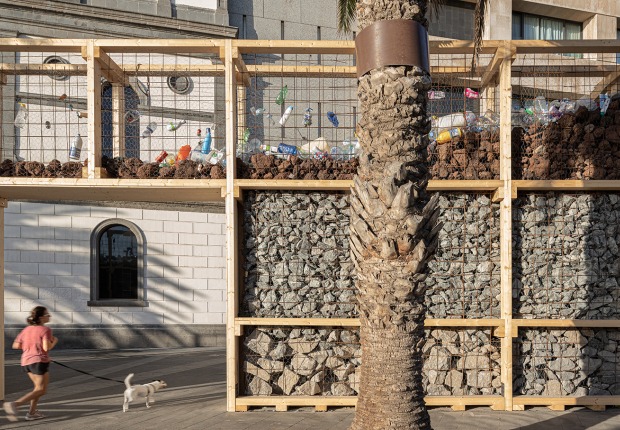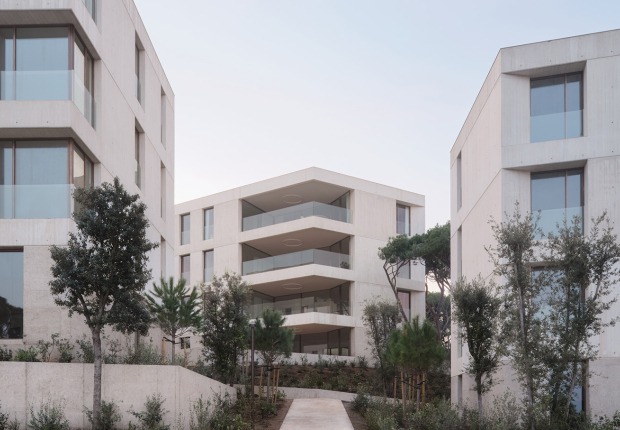Her long and prominent professional and political career throughout the 20th century make her not only a pioneer of rational and humanized architecture, but also an icon of female empowerment.
Vocation and beginnings in social architecture
Born in 1897 into a family of liberal and pacifist ideology, which was key to study at the K.K Kunstgewerbeschule (School of Arts and Crafts in Vienna). Despite the skepticism of her teachers and family, she becomes the first Austrian architect. In 1917, Oskar Strnad, a teacher at the school, proposes Margaret to participate in a project contest for the construction of a working class neighborhood and also, he advised that before designing she should know the reality of how people live in these places. In fact, there is a deep reflection by Lihotzky on analyzing and understanding an environment before projecting and on the importance of approaching the needs of users before designing. Together with Adolf Loos they are part of the Siedlerbewegung (Citizens' Association). The motto in which workers and architects gathered was to "build for a better world".
Social kitchen in Frankfurt
Vocation and beginnings in social architecture
Born in 1897 into a family of liberal and pacifist ideology, which was key to study at the K.K Kunstgewerbeschule (School of Arts and Crafts in Vienna). Despite the skepticism of her teachers and family, she becomes the first Austrian architect. In 1917, Oskar Strnad, a teacher at the school, proposes Margaret to participate in a project contest for the construction of a working class neighborhood and also, he advised that before designing she should know the reality of how people live in these places. In fact, there is a deep reflection by Lihotzky on analyzing and understanding an environment before projecting and on the importance of approaching the needs of users before designing. Together with Adolf Loos they are part of the Siedlerbewegung (Citizens' Association). The motto in which workers and architects gathered was to "build for a better world".
Social kitchen in Frankfurt
"Every thinking woman must be aware of the delay that domestic methods still have, and she must recognize that they hinder her own development, and, therefore, also that of her family"
Margaret Lihotzky, 1926
In 1925, Ernst May encouraged Lihotzky to participate in a public social housing project in Frankfurt. This is where her most famous creation would be commissioned: the Frankfurt kitchen. Although there is a historical association of women to the preparation of food, it is not surprising that a female architect was commissioned to design one of the most important domestic spaces in social housing. Lihotzky sought an affordable solution for a kitchen, based primarily on two concepts: hygiene and ergonomics. In such a way, that he studied the relation time and movement of the work done in the kitchen. With this, she was able to propose the kitchen measures optimized to 187 × 344 cm, which allowed to considerably reduce the distance between the activities for the preparation of the food.
The crisis of World War II would not only bias the impact of social housing in Frankfurt, but would force Margaret Lihotzky along with her husband Wilhelm Schütte and other architects to flee to other countries, especially to Asia. When she returned to Vienna in 1938, she was put in prison as part of the resistance against Nazism. In 1985, she published a book that gathers her experiences from the war during the resistance and imprisonment in "Memories of the resistance: the combative life of an architect of 1938-1945".
Fröbel Kindergarten in Vienna
After her experiences outside Europe, during prison and post-war, Lihotzky's commitment to dignified and hygienic social spaces is confirmed by the design of the Kindergarten am Kapaunplatz built between 1950-1952. In this project she puts into practice several sanitary and pedagogical theories, for which she proposes a single-storey building with an H-shape, and a hipped roof. The relationship of this building with the exterior is key to prevent the spread of diseases and stimulate children's development through outdoor activities. The size and distribution of the windows allows cross ventilation to be another of the strategies to have fresh air and prevent the spread of any epidemic. The use of pergolas allows children to take their naps even outside. Likewise, the floor-ceiling distance is another of Lihotzky's innovations in terms of the activities carried out by the infants inside the building.
Architecture and social commitment
Margarete Schütte-Lihotzky is a revolutionary architect not only for her designs but for her outstanding social commitment in Austria, Germany, Russia, Cuba and for the UN. From the end of her political imprisonment until her death in the year 2000, she remained very active in the profession, especially with housing projects and kindergartens, giving lectures and participating in the first two CIAMs of the postwar period. Together with Lina Loos she was one of the precursors of the Union of Democratic Women of Austria. Beyond the rationalization of spaces, this architect leaves a legacy of commitment and battle for a more human architecture that brings us closer to the free and fair societies that we hope for in this century.
